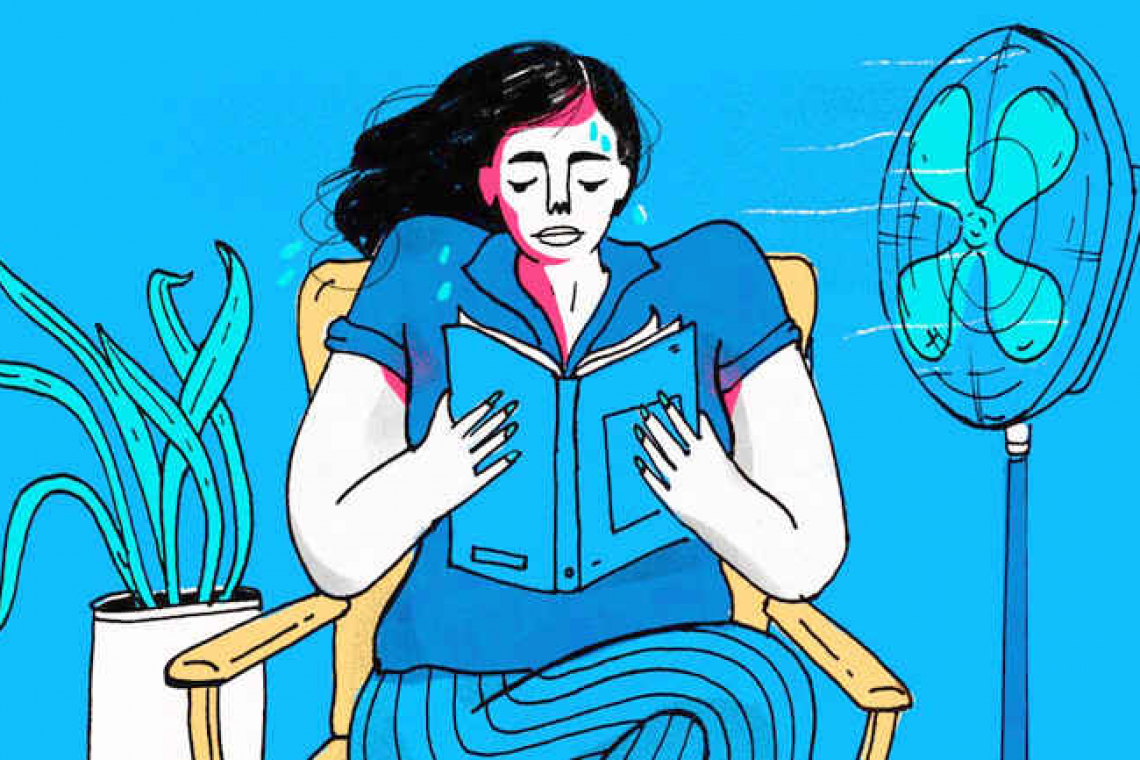Authors: Colin Michie, Denise Harford, Luca Fusi
Sex hormones control many aspects of our bodies and brains. Androgens and oestrogens are found in all humans. They guide the development of reproductive organs, eggs and sperm, control metabolism and engage with many brain functions. Receptor systems for sex hormones are widespread. For instance, the development of muscle is supported by androgens; fat deposits are guided by oestrogens. Growth and turnover of the bones of our skeletons require oestrogens too.
A woman’s ovaries start their monthly cyclical production of oestrogens and progesterone crucial to reproduction at the time of puberty. After 30 or 40 years, these endocrinological waves become smaller: menstruation becomes irregular and stops. At this point, a woman can no longer bear children. It is not known why this menopause or climacteric happens. It is caused by a relatively rapid collapse in the production of oestrogens and progesterone. The average age for a woman’s last period is between 44 and 58. This “ageing” change is normal in humans, although it is very rare in other animals. The symptoms of menopause follow in younger women if chemotherapy, radiotherapy or ovarian removal has taken place. Starvation can induce an earlier menopause too, as may smoking tobacco or obesity.
As the global population ages, the impacts of menopause are becoming important to national public health services and economies. Exactly how important depends on those receptor systems. Further, there are large ethnic, cultural and individual variations in the experiences of menopausal symptoms. For example, in America and Europe, Afro-Caribbean women do not use health services as much as others for menopausal symptoms. There is silence from some groups of women as how best to manage their menopause, or which treatments they find most effective.
The menopause can deliver many health challenges. It is estimated that over three quarters of women suffer with hot flushes around their menopause, with episodes of shivering, sweating and skin prickling. These symptoms may last for 5-15 years. There may be mood swings, sleep disturbances and changes in mental skills. Weight gain and altered hair growth are linked. Reduced libido, vaginal dryness, pain on intercourse and urinary tract infections are frequent. Lungs become weaker as do the bones and heart. Bony fractures, such as a vertebral collapse linked to menopausal osteoporosis can be crippling. The menopause changes the bugs that live in the bowel and on the skin too. In summary, the menopause impacts frequently and negatively on a woman’s quality of life. For some, these represent a hellish torture.
Logical treatment would be to try to replace the missing oestrogens and progesterone. This was attempted in the 1930s when these molecules were first isolated from urine. Adding hormones (hormone replacement therapy HRT or menopausal hormonal therapy MHT) can treat empty receptors effectively with the use of dermal patches, pills or pessaries. These approaches are of benefit in treating and preventing hot flushes or night sweats, musculoskeletal pains, low mood, depression, cognitive changes, bone strength and cardiovascular problems.
Sex hormone receptors are found across the body and can make treatments risky. For instance, they influence blood clotting. The stroke risk of using HRT is estimated at two extra cases per 1,000 users over 10 years. Oestrogen and progestin HRT together might activate a hormonally sensitive breast cell: they will cause 20 extra cases over 10 years (the baseline rate being 27). The timing of treatments, the hormones included and how they are used are important. The Women’s Health Initiative directed a large randomised, high quality trial in the US to measure HRT effects. This showed lower risks of HRT when used in younger women in the earlier years after menopause. Your doctor should be a valuable navigator through the selection process of an optimal HRT.
Are “bioidentical” hormone treatments advantageous? The efficacy, safety and risks of these new products are not known, as they have not been tested to the same degree as standard therapies. Some plant molecules that are not steroids can use similar receptors as oestrogens. The isoflavones in soya beans or natto, for instance, may be useful in treating hot flushes, bone and blood pressure changes after the menopause. Herbal remedies for menopausal symptoms have long traditional histories and wide geographical sources. They range from fragrantly herbal sage leaves to metallic roots, such as black cohosh. Clinical trial data supporting these is regrettably weak; products have unknown quality controls and potential side effects.
Our bodies change as we become older; our biological fates can catch us unawares and create new barriers to our body positivity. Physical and sexual status that inevitably involves our sex hormones is a part of us, our emotional and mental colours. How will you manage this?
Useful resources:
https://www.womens-health-concern.org/
https://medlineplus.gov/menopause.html
https://thebms.org.uk/publications/consensus-statements/bioidentical-hrt/







